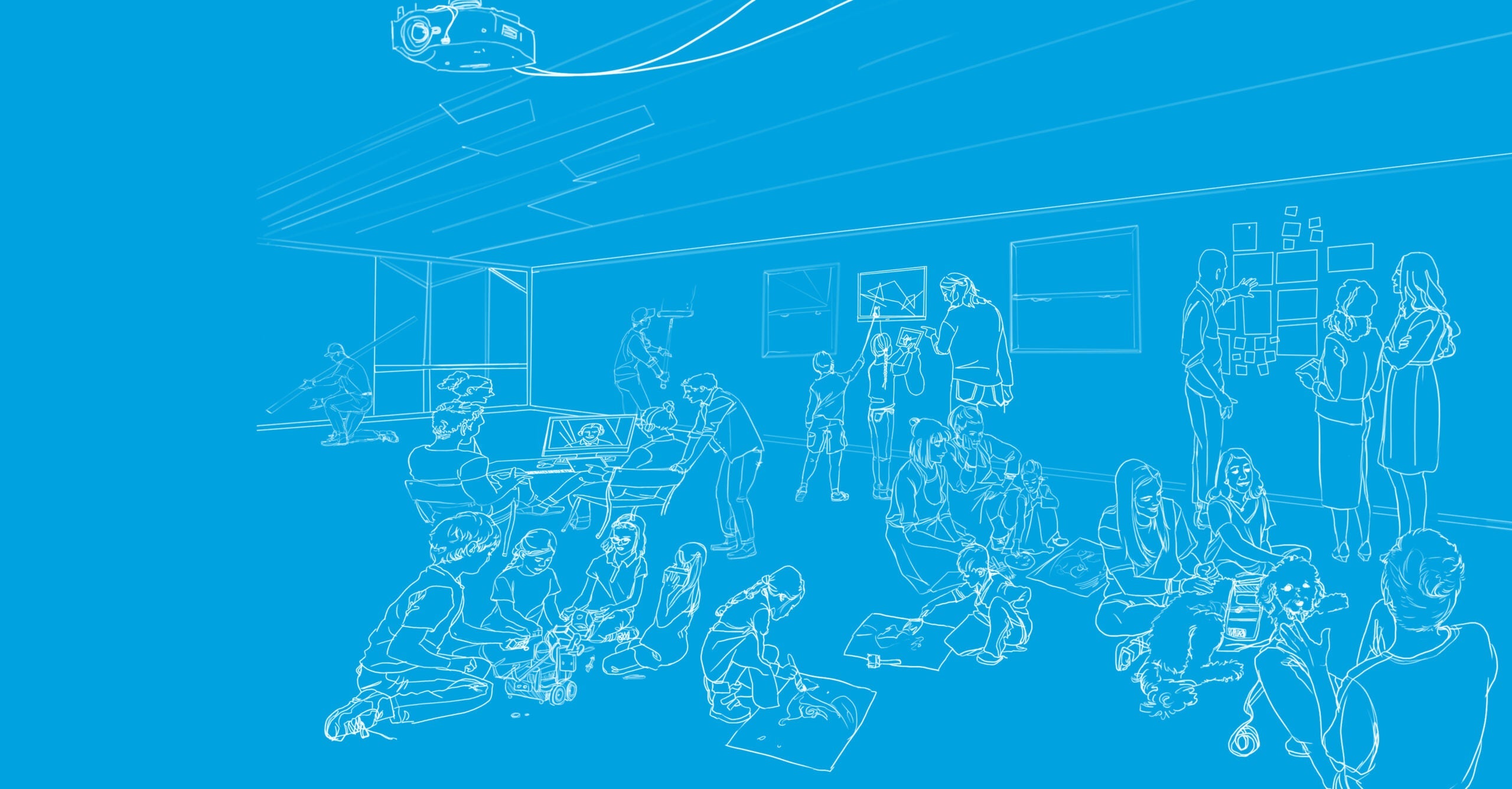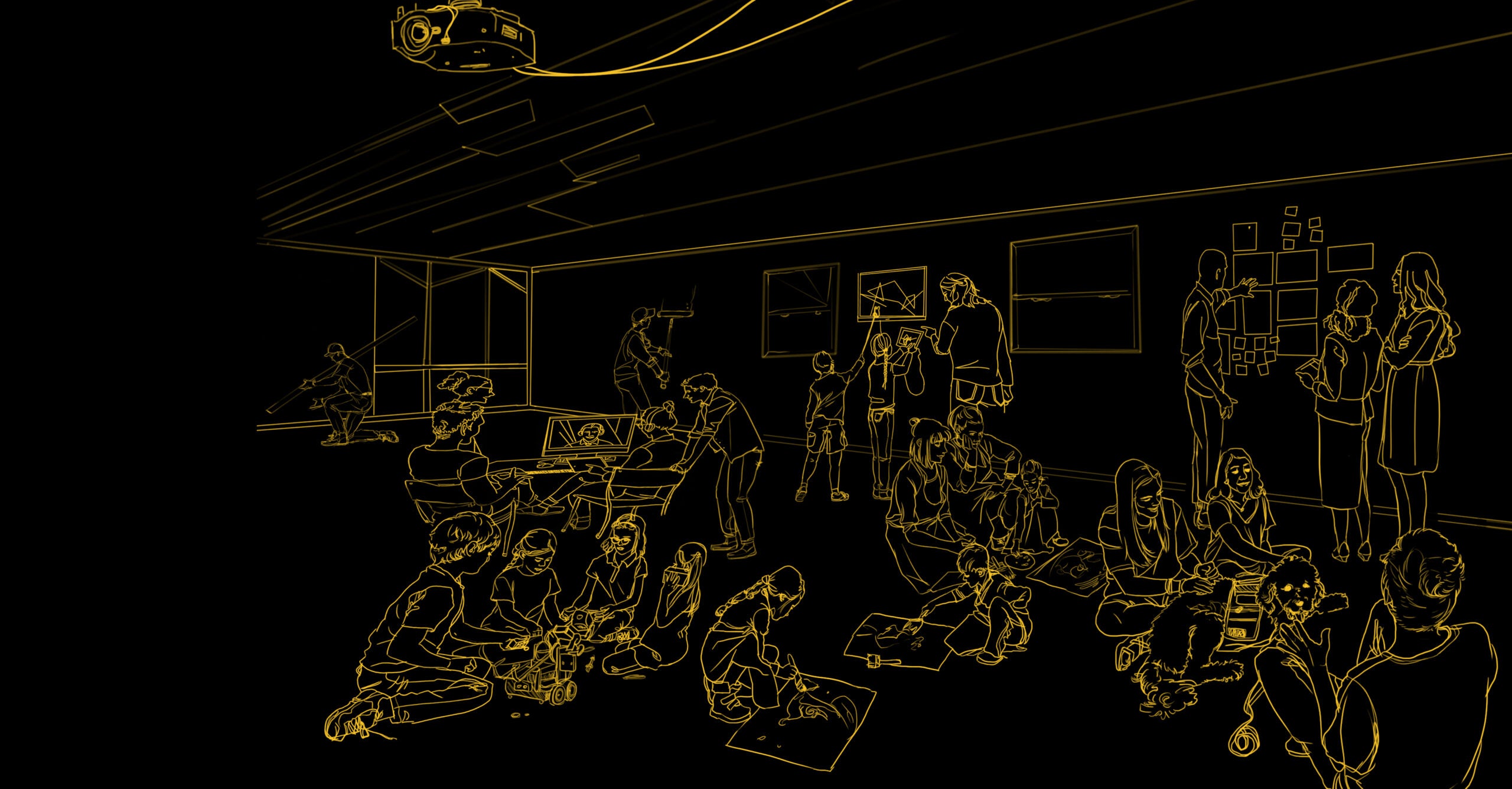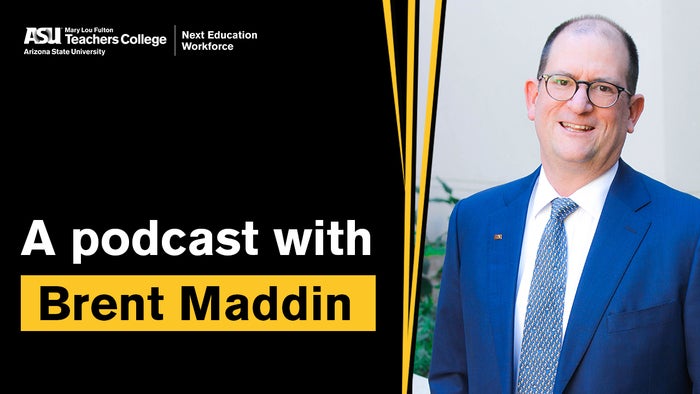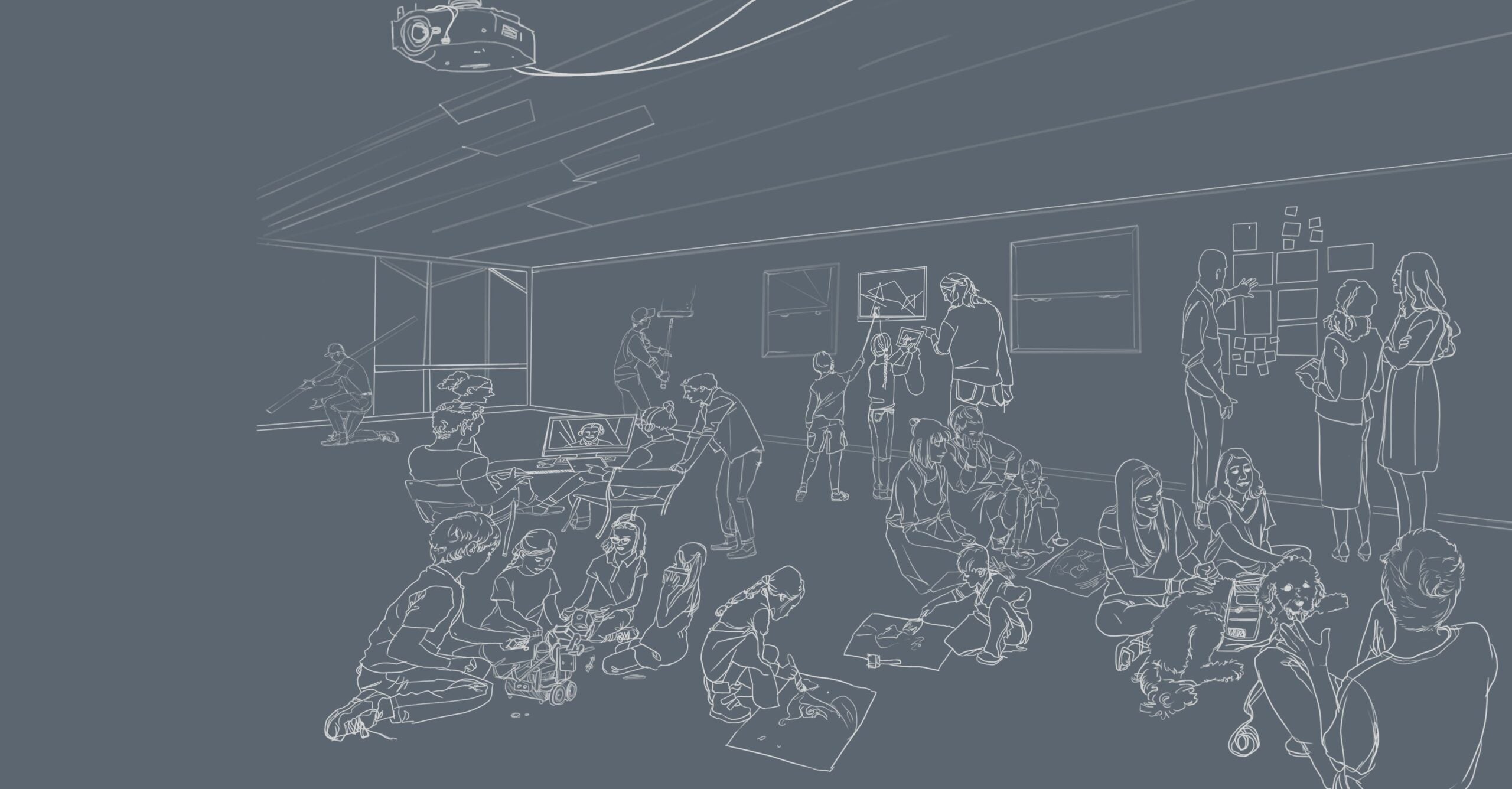Topic: Extended Team Members

Elementary instructional blueprint: Thematic learning rotation
Elementary instructional blueprints suggest ways teams of educators with distributed expertise might deploy themselves to better deepen and personalize student learning.

SPARK School: School profile
At SPARK School at Kyrene de las Manitas, 120 students in multi-aged grade bands (third through fifth grades) work with a core team of six educators: one teacher executive designer, two certified teachers and three teacher candidates. The prototype school-within-a-school was developed during a design process collaboratively led by the Kyrene School District and ASU’s MLFC Design Initiatives. In this resource, you’ll find out how they’re implementing a Next Education Workforce model.

Whittier Elementary: School profile
In Fall 2020, Whittier Elementary in Mesa, Arizona will create two team-based learning communities with 170 students in grades four through six. Each “house” will include 85 students and will be guided by an educator team comprising three certified teachers and two MLFC teacher candidates. In this resource, you’ll find out how they’re implementing a Next Education Workforce model.

Brent Maddin: What is the Next Education Workforce?
Host Brent Maddin shares how MLFC is working with schools and other partners to 1) provide all students with deeper and personalized learning by building teams of educators with distributed expertise and 2) empower educators by developing new opportunities for role-based specialization and advancement.

Stevenson Elementary: School profile
Stevenson Elementary School is a Title I school located in Mesa, Arizona that takes a dynamic approach to serving about 700 students in preschool through 6th grade. The school’s Next Education Workforce model wraps teams of educators around students in grades K-6 with the goal of providing deeper and personalized learning. In this resource, you’ll find out how they’re implementing a Next Education Workforce model.

Building schedules for remote community educators in 5 steps
As schools build teams of educators with distributed expertise, and especially as they increase the number of community educators on their teams, scheduling becomes an increasingly complex task. Here, you’ll find five actionable steps for building schedules for remote community educators that are responsive to student and team needs and maximize community educators’ skills and talents.

New support roles for educator teams in online and hybrid settings
Who are the groups of adults that might be leveraged to support students? Explore the specific roles those adults might play in the learning space.

The budget and the Next Education Workforce
Justin Wing, Assistant Superintendent of Human Resources at Mesa Public Schools, shares two pieces of budgetary advice for districts considering moving to Next Education Workforce models.

Building a Network of Community Educators
Community educators are talented adults from the community who bring additional capacity, insight and expertise to learning environments. Read on to learn about community educator roles; knowledge, skills and dispositions; policies and practices; and more

